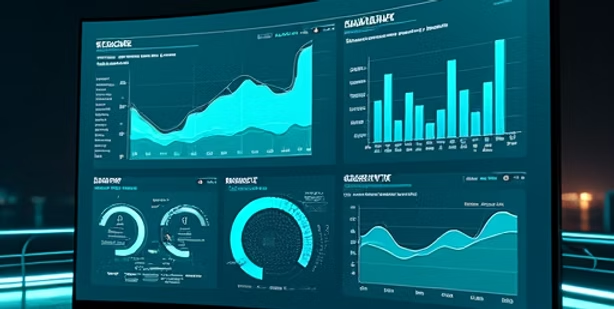
Service-First Data Intelligence forthe Power Sector
BlueRipples partners with product companies to build the data intelligence that makes their solutions competitive. From protocol integration to advanced analytics and visualization—we're your extended data engineering team.
Who We Partner With
We work with product companies across hardware, software, and custom development—serving as your extended data engineering team.
Grid Equipment OEMs
Grid equipment OEMs, DER manufacturers, metering devices, and SCADA vendors
Platform Providers
EMS platforms, DERMS providers, market participation software, and analytics solutions
Energy Service Providers
Utilities, industrial users, and research institutions requiring bespoke solutions
What We Do
Integrate
Connect equipment and systems using deep knowledge of power sector protocols—IEC 61850, DNP3, IEEE 2030.5, OpenADR, and 20+ other standards.

Process
Build scalable data platforms handling high-frequency telemetry, time-series databases, streaming architectures, and cloud-native deployments.

Analyze
Develop AI/ML models for forecasting, optimization, anomaly detection, and predictive maintenance—turning data into actionable intelligence.

Visualize
Visualize Create dashboards, HMIs, mobile apps, and geospatial displays that make complex power system data accessible and actionable.

Why Choose Us
We bring expertise, partnership, and proven results to every engagement
Partner, Not Competitor
We enhance YOUR products for YOUR customers. No competing solutions, no market conflicts.
Data Intelligence Expertise
Unlike general dev shops, data intelligence is our core—from protocol integration to advanced analytics.
Power Sector Specialization
We understand grid operations, utility requirements, and critical infrastructure constraints.
Proven Track Record
Successful partnerships with hardware, software, and utility companies across multiple markets.
Featured Capabilities
Time-Series Analytics & Forecasting
Protocol Integration (20+ standards)
Cloud Platforms & Fleet Management
AI/ML Model Development
Real-Time Visualization
Digital Twin Frameworks
Cybersecurity & Compliance
Real-Time Data Processing
Ready to Get Started?
Let's discuss how we can help accelerate your product roadmap and overcome critical data intelligence challenges.
